Laundry duty takes time out of your day. And that’s without the extra hiccup of a faulty washing machine. But we’re here to save the day (or at least a trip to the launderette!). If the water won’t drain away and your clothes are soaking, chances are there’s a blockage in the system. Here’s how to empty a washing machine full of water and get things running again.
What causes a washing machine to stop draining?
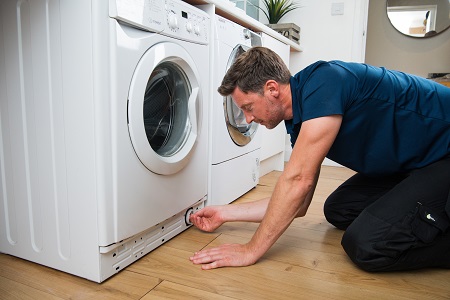
A blockage in the filter or drain hose is the most likely explanation. But if these parts are clear, you might be dealing with a mechanical fault. Let’s go into the different issues in more detail…
Blocked drain filter
The filter stops fluff and debris from blocking the drain hose. It’s also great at catching loose objects, like coins and keys, that can sneak into the wash.
Blocked drain hose
If your filter is clogged, it won’t work as efficiently, making it easier for objects to end up in the drain hose. Though, occasionally, objects can get through even when the filter is working normally.
You should also check for kinks and bends in the hose, which can also stop your machine from draining.
Mechanical faults
If part of your machine is faulty, like the water pump or drive belt, you’ll need to get an expert in to look at it.
How to drain a washing machine
First, make sure you have a bucket and towels handy. There’ll be a lot of water – the last thing you need is a huge puddle on the floor. When you’re ready, follow these steps.
1. Turn off the power
Turn your machine off at the plug and switch off your home’s water supply. Now you can safely check the hose and filter…
2. Check the drain hose
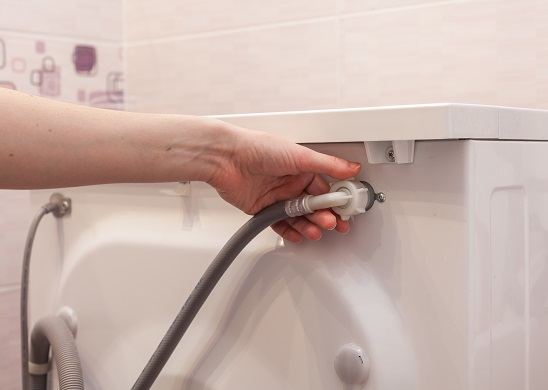
Move the machine away from the wall so you can easily reach the hose. Then, remove the hose from the connecting pipe and let the water drain into the bucket.
Finally, check that there are no clogs inside the hose. If it connects to a U-bend pipe, you should also make sure that’s clear.
3. Check the filter
With most machines, the filter is at the front, in the bottom right corner. If your machine is top loading, it'll probably be at the back.
To get to the filter, you might have to remove an access panel. You can then unscrew the cap and drain the water into your bucket.
Next, pull the filter out and remove any debris or trapped objects. Clean it under warm water before reinserting it and closing the panel.
4. Try running a spin cycle
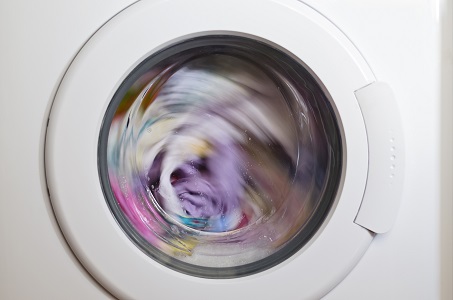
Remember to turn the water supply and power back on. Then run an empty spin cycle to see if the machine will drain.
How to drain a top-loading washing machine
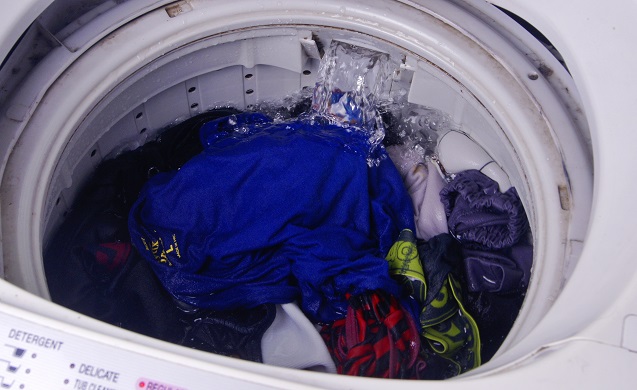
If you have a top-loading machine, check the lid’s shut. This could be all it takes to get it draining and spinning again. If there are no issues with the lid, turn off the appliance at the plug and switch off your home’s water supply.
Now, grab a bucket and put these steps to the test:
- Create space by moving the machine away from the wall
- Disconnect the drain hose* from the pipe (keep it upright to stop water escaping)
- Put the hose in the bucket and let the water drain
- When it’s full, reconnect the hose so water doesn’t leak while you’re emptying the bucket
- Repeat this process until the machine finishes draining
*Usually, the hot water pipe is red, the cold water pipe is blue and the drain hose is grey
Contact us to arrange a repair
If you’ve tried our tips but the water still won’t drain, there could be a mechanical fault. And this isn’t something you should try fixing yourself. We recommend that you get an expert engineer to repair your washing machine.
Our blog is loaded with more related articles
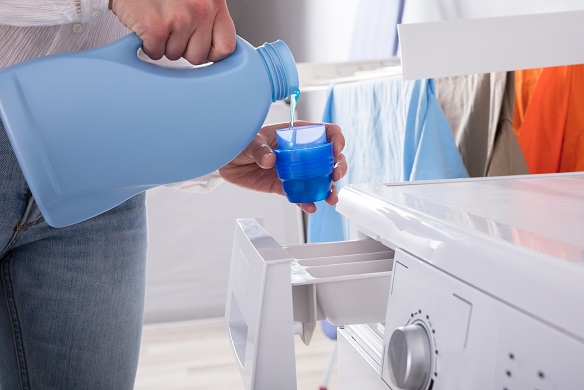
Washing machine tips
How to clean a washing machine drawer
Cleaning your washing machine drawer can help extend the lifespan of your appliance and keep it running smoothly. Find out how...
Read more

Washing machine tips
How to extend the lifespan of your washing machine
The humble washing machine is the workhorse of a household. By following some simple hints and tricks you could add a few more...
Read more

Washing machine tips
What to do if your washing machine is leaking
Learn how to diagnose and fix a leaking washing machine with our in-depth guide, and find some simple maintenance tips that can...
Read more
